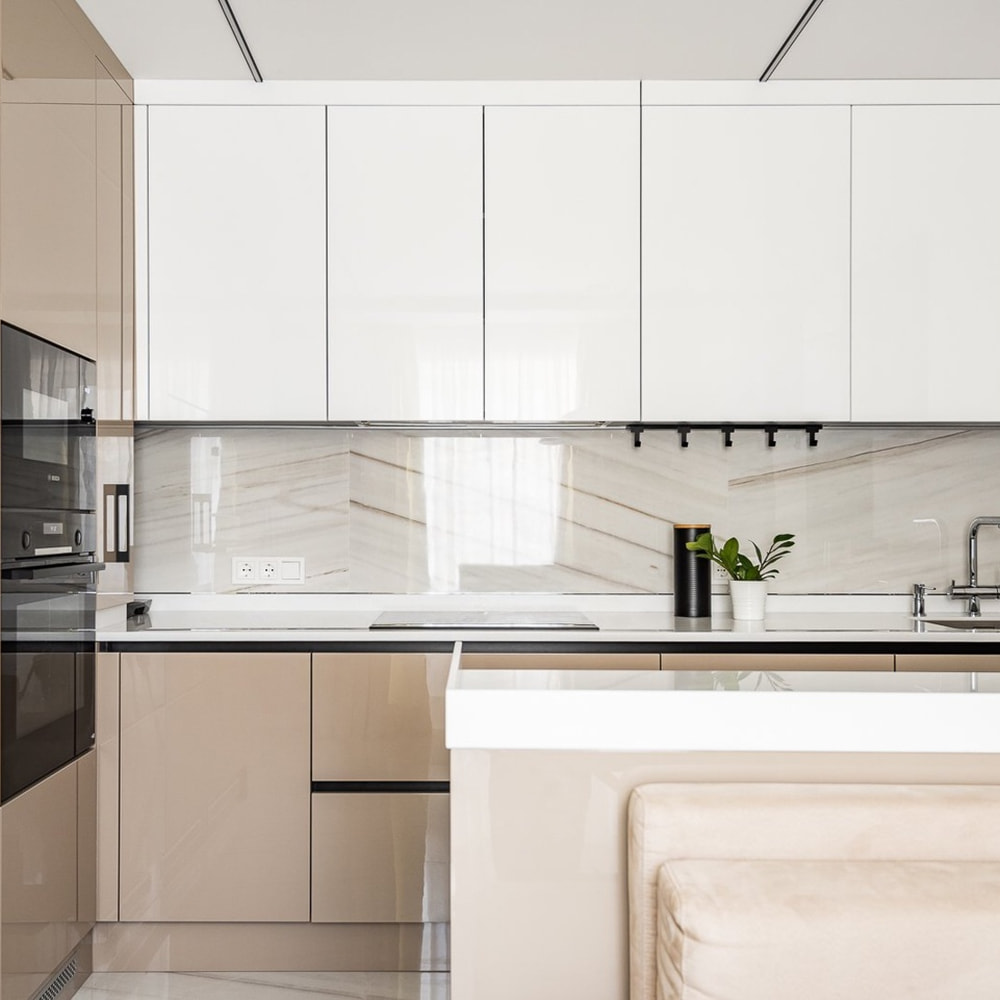In the rapidly evolving world of architecture and design, materials play a critical role in shaping both aesthetics and functionality. One material that has seen a significant rise in popularity is the acrylic sheet.
Acrylic sheets are a type of plastic material made from polymethyl methacrylate (PMMA), known for their clarity, strength, and versatility. Often used as an alternative to glass, acrylic sheets are available in a variety of colors, thicknesses, and finishes, making them suitable for a wide range of applications, from signage and displays to windows and furniture.
One of the most significant advantages of acrylic sheets over traditional glass is their strength and durability. Acrylic is approximately 17 times more impact-resistant than glass, making it less likely to break or shatter. This quality makes acrylic sheets a safer option for areas prone to high traffic or potential impact, such as schools, hospitals, and public spaces.

Acrylic sheets are much lighter than glass, making them easier to handle, transport, and install. This reduced weight not only simplifies the construction process but also reduces the overall load on structures, allowing for more innovative and daring architectural designs.
Acrylic sheets offer unparalleled design flexibility, which is one of the main reasons they have become a favorite among architects and designers. Unlike glass, acrylic can be easily molded, cut, and shaped into virtually any form, allowing for the creation of intricate and custom designs. This versatility opens up a world of possibilities, from curved and textured surfaces to complex geometric patterns.
Acrylic sheets can be treated with various finishes, such as matte, frosted, or mirrored, to achieve different aesthetic effects. They can also be colored or backlit, adding another layer of creativity to design projects.
As sustainability becomes an increasingly important factor in design, the environmental impact of materials is a key consideration. Acrylic sheets are not only durable and long-lasting, reducing the need for frequent replacements, but they are also recyclable. Many manufacturers now offer recycled acrylic sheets, further minimizing the environmental footprint.
Acrylic production requires less energy compared to glass, and the material itself is less resource-intensive. This makes acrylic sheets a more sustainable choice for environmentally-conscious architects and designers.
Acrylic sheets have found their place in various architectural applications, from large-scale installations to everyday design elements. For example, they are often used in skylights and windows due to their excellent light transmission properties. Acrylic sheets can also be found in partitions, balustrades, and railings, where their strength and safety features are crucial.
In interior design, acrylic sheets are commonly used for furniture, shelving, and decorative elements. Their versatility and aesthetic appeal make them ideal for creating modern, minimalist spaces that are both functional and visually striking.
As architectural trends continue to evolve, the demand for innovative and sustainable materials like acrylic sheets is expected to grow. With ongoing advancements in production techniques and material science, the potential applications for acrylic sheets are likely to expand even further.
Acrylic sheets are becoming the go-to material for modern architecture and design due to their strength, versatility, and environmental benefits. As designers continue to push the boundaries of creativity, acrylic sheets will undoubtedly play a pivotal role in shaping the future of architecture.


 English
English 中文简体
中文简体









